Landscape Photography: 7 Pro Tips to Getting it Right
Charlie Waite has spent years braving the elements for hours on end, waiting for a shift in the clouds or a change in the light. Here he shares his tips for capturing the outdoors.
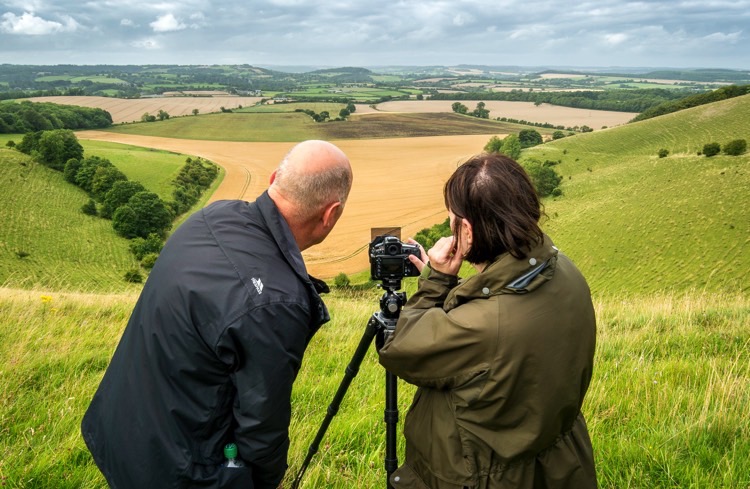 Photo © Steve Brock
Photo © Steve Brock
- Master the basics
- Get the right gear and know how to use it
- Be patient
- Give your photos emotional power
- Don't over-do computer trickery
- Get out of your comfort zone
When you take a photograph, you have to look at the relationship between everything. All the ingredients need to be there, in the right balance. It’s like preparing a good meal.
I have a saying I like, which is, “Attend and intend.” You have to attend to every element in your image, every ingredient, You have to attend to every element in your image, to every ingredient, and let everything in your image either be intentional or accept that it is there. Look at all the component parts and decide which ones to include and which ones to exclude. Try to reveal more than you conceal, and omit anything that is redundant or any non-supportive features that create conflict or distraction within the image.
Master the basics
Think about the technical elements of each landscape photo you’re trying to take, especially the point of focus, the anchor to the photograph, and the depth of field.
The focal point and depth of field have a big impact on the success of a landscape photograph. By carefully managing your focal point and depth of field, you can choose which areas of the scene you’d like to appear sharp and which areas you’d prefer to leave less sharp or blurry. This allows you to encourage the viewer’s eye to land on any given part of the landscape that you wish. Take note, however, of the areas of the image which are less sharp as these also play a role in the general effect of the photograph. Traditionally, landscape photographs are usually sharp from front to back.
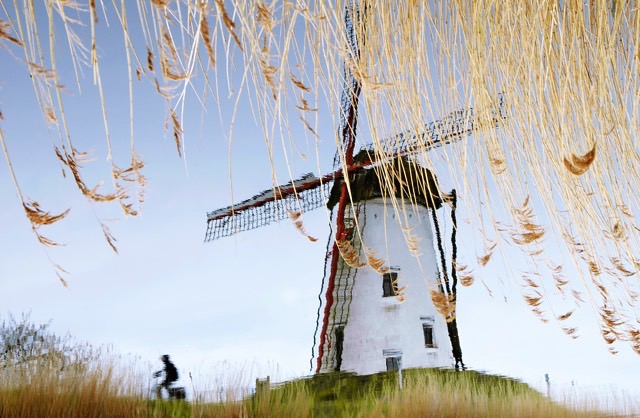
You can also give a sense of movement in your photographs, such as the movement of the tide or clouds, by using different exposures. A long exposure can give mystical effects and better convey the idea of the wild elements in a landscape photograph.
Don’t forget to think about leading lines that draw the viewer’s eye into the picture, shapes and the overall structure of an image. Think about where you want the viewer’s eye to travel from and then arrive.
Photography is about perception. It is about the eye. And that means seeing the photo before you take it.
Get the right gear and know how to use it
Gear is important. If you’re going to buy
It’s also important to get the right gear that fits the job you want it for. If you’re going to be taking pictures to produce six-foot-high pictures for clients, you’ll need a very different camera to the one you'll want if you’re just going to be taking photos to share on Facebook or Instagram.
A good tripod is mandatory for landscape photography. It is not just about enabling you to make long-time exposures. It helps you to settle into your production and forces you to take the time to analyze the photo you want to make. Very fine adjustments can be made. Precision and accuracy are key to a great landscape photograph.
I carry a set of Lee Filters with me. Good filters are incredibly helpful pieces of equipment to deal with skies or other conditions, or for desired effects or long exposure work.
Exploring landscapes often means being out for long periods, so comfortable clothing, good footwear, rain gear and a comfortable waterproof bag for carrying your equipment are all recommended. Above all, I would not leave home without my trusty three-step stepladder, which allows me to get a unique perspective on landscapes.
Very few photographers test what their camera can actually do. A lot of the time on Light & Land workshops, people say they always use the same ISO (light sensitivity setting). You have to test the ISOs on your camera to see what’s possible and test the sweet spot of your lens. Get to know your camera, so there isn’t a single bit of it that you don’t understand. You really don’t want technical frustrations while you’re out braving in the elements in the field. That’s a real killer for landscape photography.
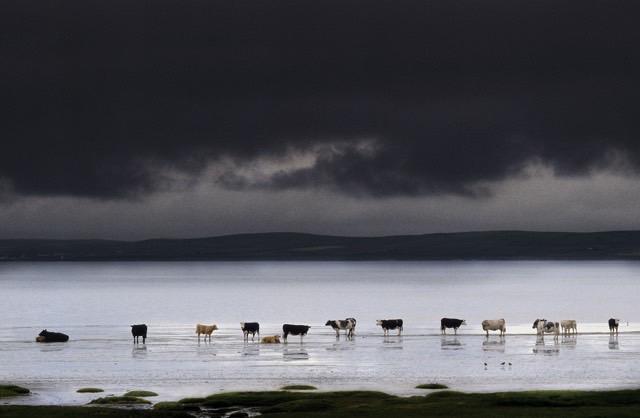
Be patient
On a photography trip to the Western Isles of Scotland, I noticed a collection of cows slowly wandering along the shoreline. Within 30 minutes, they’d arranged themselves into an almost perfectly straight line. It had been raining heavily. Just as a shroud of cloud revealed the sun, one cow chose to come and investigate me. I never thought I’d be praying for a cow to go back to its original position, but thankfully, it did.
With landscape photography, patience is crucial. Haste and pressure are barriers to creativity. Audition the person you’re going to be traveling with and don’t travel with them unless they’re as patient as you are.
Often, you’ll need to wait a while for a shift in the clouds or a change in the light. A lot of photographers will accept the way the sky is when they arrive and start taking photos. But think about it. The sky can traditionally make up a third of the canvas in a landscape photo. Look around and you might see a more interesting formation of clouds or different sky blowing towards you that is far superior to the one currently appearing through your viewfinder. Trying to establish a sky that can have a relationship with the land underneath is good. You can also use clouds to deliver light in a way that benefits your photo, and that can also require patience.
Give your photos emotional power
Whether it’s a hillside in Dorset or Inle Lake in Myanmar, I want my photographs to trigger the memory of how I felt at the moment the photograph was taken. One of the things I think to myself while I’m standing in the great outdoors taking a photo is, “What am I feeling?” I also feel I’ve got to try to evoke in the viewer a sense of relishing human existence and a state of wonder. I want to make sure that what I felt at the time is transmitted in its entirety.
It’s vital not to underestimate the viewer. I’m fascinated by the viewer’s
When you look at the picture, you know in a heartbeat if you got ‘it’ or not. I call ‘it’ the final signal, where you just think, “Yes, that’s it, there is nothing more to do. This has materialized in the way I hoped it would.”
Don’t over-do computer trickery
Integrity is key. Many people rely on
I believe the human eye is pretty discerning, and the moment the viewer distrusts an image, something breaks. If people look at a field or a tree or an ocean, and the color looks strange or it’s too bright, people will say, “I know what you did, you just bumped the color settings up on Photoshop.”
I don’t want to do all the work on a computer. I want to produce an image that matches what was astutely and actually seen. A lot of photographers prefer the satisfaction of doing things in-camera.

Get out of your comfort zone
It’s dangerous to become formulaic and just keep producing images of, for example, a lonely tree in a field or moving water. Always keep visually and mentally agile.
I still like to take photos of trees, valleys, beautiful skies and big open landscapes. I’m not turning my back on them. But I’ve also decided to be open to other things that I've ignored in the past. I might have subconsciously said, “Ah that looks nice, but that’s not what I do”, and I was a bit nervous about changing my style.
There are a few photos I’ve taken recently, like Red Chimneys, which I took in Andalucia, one of my photos that’s in the new Light & Land book Evolving Landscapes, that is different from the kind of photos I’ve taken before. To be original is difficult. Everyone is a photographer. But you need to trust your judgment, just like I did that day.
About Charlie Waite
British landscape photographer Charlie Waite is the founder of Light and Land which runs photography holidays and workshops in the UK and around the world, including Scotland, England, Norway, Kenya, Vietnam, Italy, Albania and the USA. The company is celebrated its 25th anniversary in 2018, with the publication of a limited-edition book, Evolving Landscapes, featuring the work of Charlie Waite and other Light & Land photographers, including Phil Malpas, Valda Bailey
Related articles
Simple and flexible travel insurance
You can buy at home or while traveling, and claim online from anywhere in the world. With 150+ adventure activities covered and 24/7 emergency assistance.
Get a quote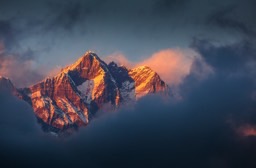
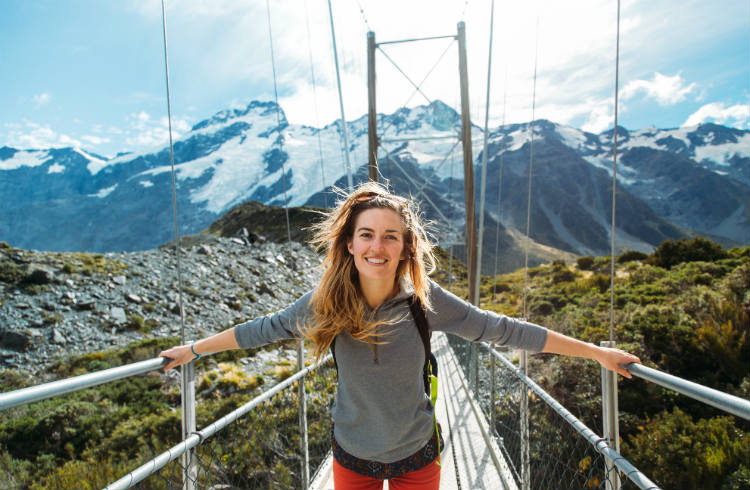

3 Comments
Great article! Adding dramatic clouds or human to the landscape photographs will make it stand out from others.
Thanks for the tips!
https://www.clippingpathquick.com
All the tips are valuable for me, I have learned a lot on it.
Thanks for the excellent photography tips, looking for more tips if you can share.
Excellent article. Of course one cannot expect everything to be covered, but one of my favorite tricks is to make the viewer wonder, What's around the bend?